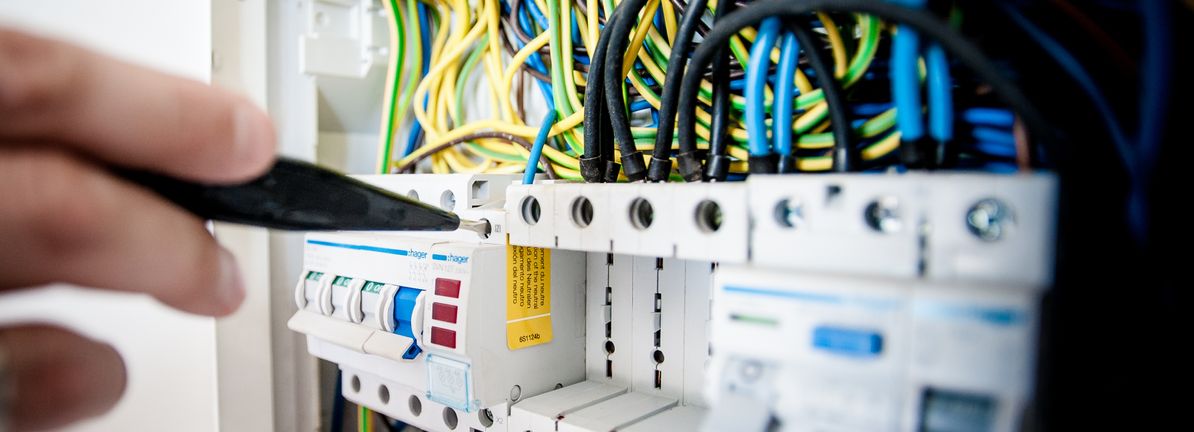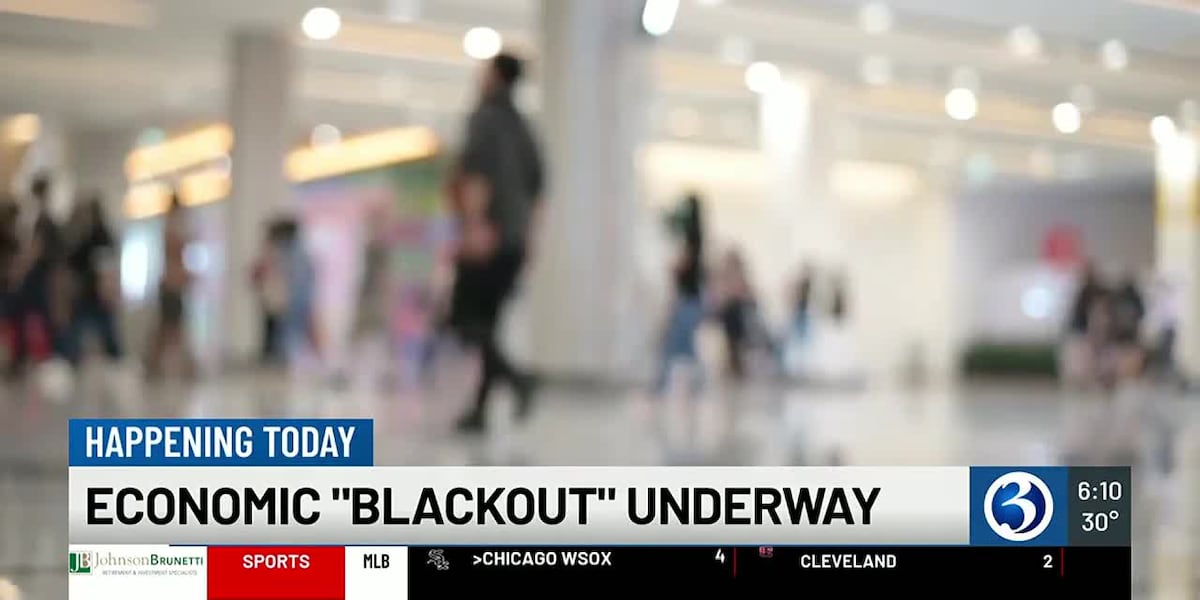Tariff Tango: How US Fashion Brands Are Hunting for Deals in India's Garment Market
Companies
2025-04-05 00:00:00Content

In a complex trade landscape, US garment retailers are pressing Indian apparel manufacturers to mitigate the financial impact of President Trump's recent tariff policies. Despite the current 26% tariff on Indian products—which is comparatively lower than rates imposed on Vietnam, Bangladesh, Cambodia, and Pakistan—American buyers are seeking relief through strategic negotiations.
Indian manufacturers are responding with a nuanced approach, proposing a potential 5% discount while simultaneously exploring government support to modernize and expand their manufacturing capabilities. This strategy aims to enhance their global competitiveness and maintain their attractiveness in the international textile market.
By seeking targeted government subsidies and investing in factory upgrades, Indian manufacturers hope to offset the tariff challenges and position themselves as a more cost-effective and technologically advanced sourcing destination. The ongoing dialogue reflects the intricate dynamics of international trade and the collaborative efforts required to navigate economic uncertainties.
Trade Tensions Unravel: US-India Textile Tariff Tango Reveals Global Economic Complexities
In the intricate world of international trade, the relationship between the United States and India's textile industries has emerged as a fascinating microcosm of global economic dynamics, where tariffs, negotiations, and strategic adaptations play out like a high-stakes diplomatic chess match.Navigating Challenging Trade Landscapes: A Critical Economic Crossroads
The Tariff Landscape: Understanding Competitive Pressures
The contemporary global textile market represents a complex ecosystem where nations compete fiercely for economic advantage. Recent developments have highlighted the nuanced challenges facing Indian apparel manufacturers as they navigate increasingly complex international trade regulations. The United States' strategic tariff implementations have created a multifaceted environment that demands innovative responses from international suppliers. Manufacturers are confronting unprecedented economic pressures, requiring sophisticated strategies that balance cost management, technological innovation, and competitive positioning. The differential tariff rates imposed on various countries underscore the intricate geopolitical considerations underlying international trade policies.Strategic Adaptation: Indian Manufacturers' Response Mechanisms
Indian textile manufacturers are demonstrating remarkable resilience and strategic acumen in responding to these challenging economic conditions. By contemplating selective price adjustments and seeking governmental support, they are positioning themselves to maintain competitive edge in a volatile global marketplace. The potential implementation of targeted discounts—approximately 5%—represents a calculated approach to maintaining market share while mitigating economic pressures. Simultaneously, manufacturers are exploring opportunities for technological modernization and factory enhancement, recognizing that long-term competitiveness requires substantial infrastructural investments.Governmental and Industrial Policy Implications
The current trade scenario illuminates the critical role of governmental policies in shaping industrial competitiveness. Indian policymakers are being challenged to develop comprehensive support mechanisms that can bolster the textile sector's global positioning. Potential subsidy programs and strategic investments in technological infrastructure could provide crucial support for manufacturers navigating these complex economic terrains. The textile industry's ability to adapt will likely depend on a delicate balance between governmental intervention and private sector innovation.Comparative Regional Dynamics
The tariff landscape reveals fascinating insights into regional economic strategies. While the United States has implemented varying tariff rates for countries like Vietnam, Bangladesh, Cambodia, and Pakistan, these differential approaches reflect nuanced geopolitical and economic considerations. Indian manufacturers must therefore develop sophisticated, multi-dimensional strategies that transcend traditional competitive approaches. This requires a holistic understanding of global trade dynamics, technological capabilities, and strategic positioning.Future Outlook: Navigating Uncertainty
The ongoing trade negotiations and tariff discussions represent more than mere economic transactions—they symbolize complex international relationships and strategic economic positioning. Indian textile manufacturers stand at a critical juncture, where adaptability, innovation, and strategic thinking will determine their future success. The ability to transform challenges into opportunities will distinguish successful players in this intricate global economic landscape. By embracing technological modernization, developing flexible pricing strategies, and cultivating strong governmental partnerships, Indian textile manufacturers can potentially redefine their global competitive positioning.RELATED NEWS
Companies

Top Performers Celebrated: Inside the Pinnacle of Corporate Achievement at 22nd National Excellence Summit
2025-02-23 12:04:13
Companies

Wall Street's Danger Zone: How Public Markets Are Turning into a Toxic Marketplace for Subpar Corporations
2025-03-28 08:24:39






